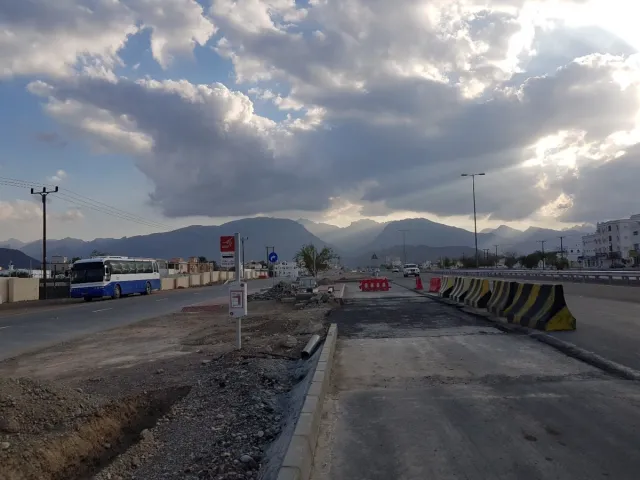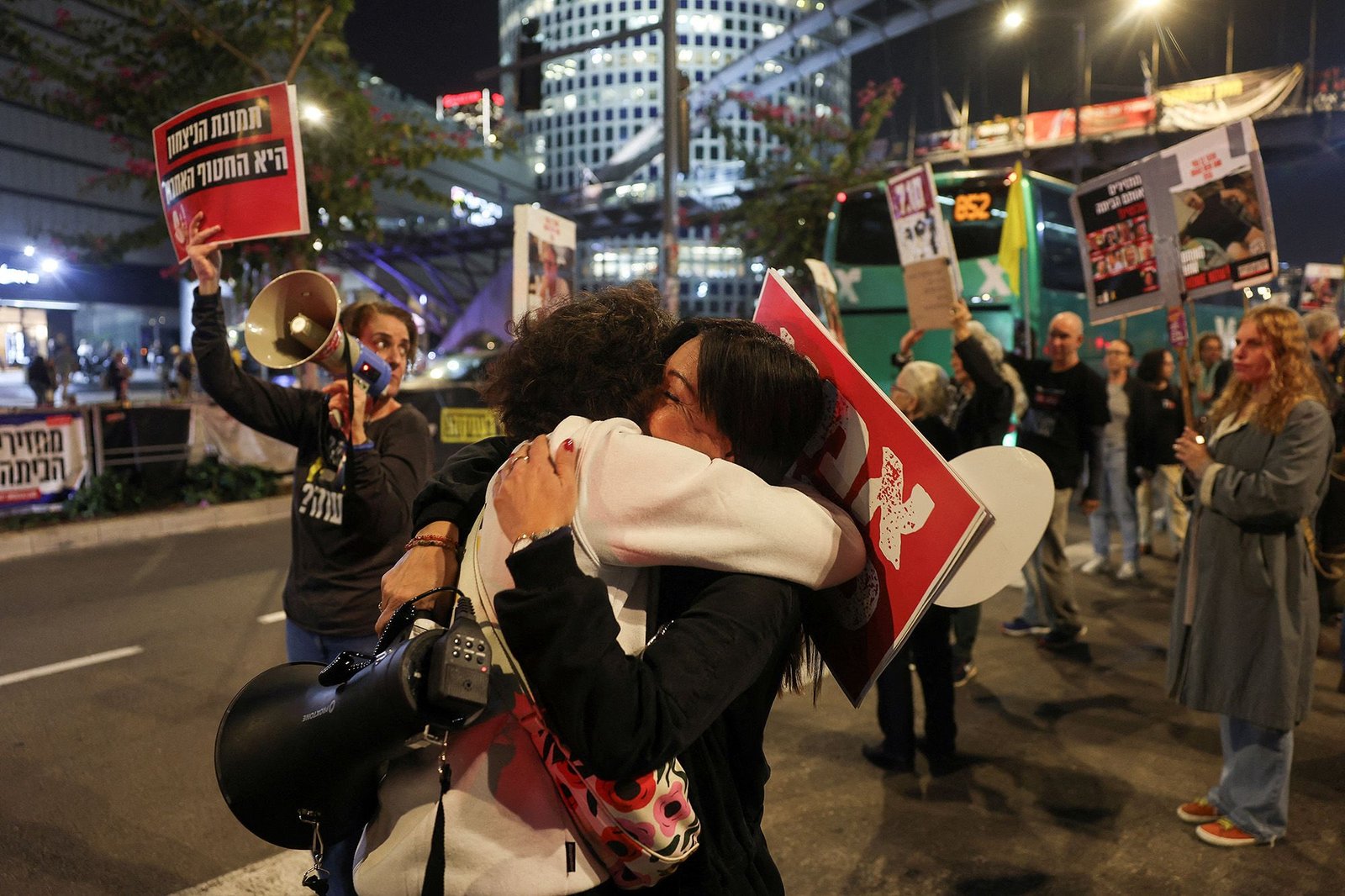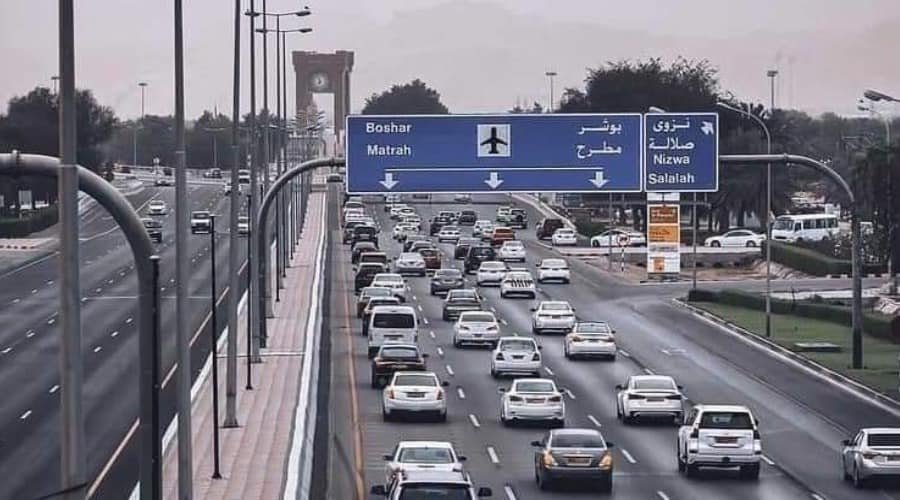MUSCAT: In many of Oman’s smaller towns and villages, traditional roundabouts and local customs take the place of traffic lights. Drivers rely on mutual understanding, hand signals, and patience to navigate intersections, creating a slower and more community-oriented flow of traffic than in larger cities.
This absence of lights reflects the country’s rural character in many areas. With lower vehicle density and a strong sense of courtesy among motorists, formal traffic control systems are often unnecessary. Instead, roundabouts and yield signs guide movement effectively without interrupting the natural rhythm of the roads.
Such an approach has deep cultural roots. Omanis living in these communities often know each other, making the traffic environment more personal and less reliant on strict automation. It also reflects the government’s focus on maintaining simplicity and local character where heavy infrastructure isn’t required.
For visitors, driving through these areas offers a glimpse of a more traditional lifestyle. The lack of signals can feel unusual at first, but it contributes to the relaxed pace that defines rural Oman — where community trust and common sense keep vehicles moving safely without the glow of red, yellow, and green lights.



